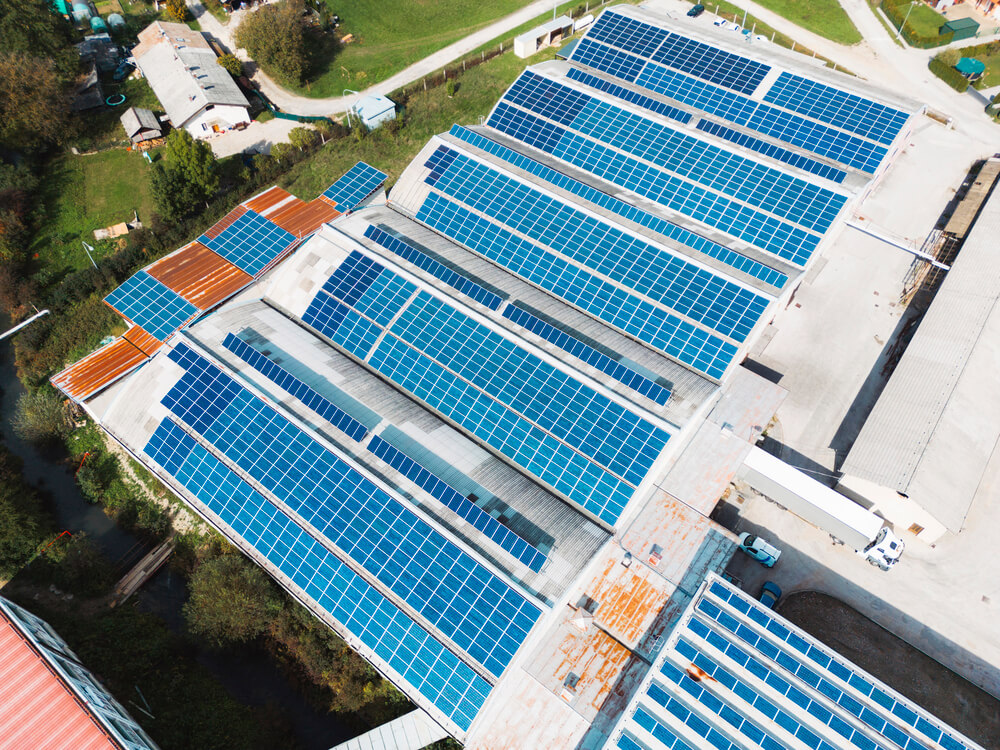Canada has an opportunity to lessen the carbon footprint of AI through sustainable construction
Artificial intelligence (AI) already has a significant carbon footprint that will only grow as the technology continues to take off. As Canada positions itself as a leader in AI and digital innovation — with 336 data centres and market growth projected at nine per cent annually through 2030 — we have an opportunity to better the environmental impact of AI.
Building the best data centres starts with the foundation — literally.
We can build data centres better. By leveraging cleantech expertise, we can address the significant environmental cost of construction, particularly from carbon-intensive materials like concrete, one of the most carbon-intensive building materials globally.
Data centres are critical to our digital age, housing the infrastructure that powers AI, cloud computing and other essential technologies. Globally, data centre construction is forecasted to exceed $369 billion USD by 2030 and come with a significant environmental cost. Foundations and walls for these facilities are predominantly built with concrete, a material responsible for up to 80 per cent of embodied carbon emissions in these projects.
The affordability of concrete and the strength of concrete make it an obvious choice, but its carbon footprint is a challenge we must address.
Cement, the key ingredient in concrete, contributes nearly one tonne of CO2 per tonne produced. While most emissions from data centres stem from operational energy use (called Scope 2 emissions), the embodied carbon in building materials (Scope 3 emissions) also demands urgent attention. Canada is uniquely positioned to address an issue data centre builders haven’t solved: Scope 3 emissions, tackling embodied carbon at the source and setting a precedent for sustainable construction.
Companies like Microsoft, Google, Meta and Amazon are leading the way in building massive, hyperscale data centres. Yet even these tech giants acknowledge the challenge of reducing embodied carbon.
Microsoft’s 2023 sustainability report highlighted a 30.9 per cent increase in Scope 3 emissions, driven largely by data centre construction and the embodied carbon in concrete and steel. Similarly, Meta reported that 63 per cent of its carbon footprint comes from capital goods, including construction materials.
Concrete is often overlooked in data centre discussions because of its ubiquity and complexity in reducing emissions. However, Canada can change this narrative and lead the way in sustainable construction. The innovations to achieve it already exist.
Alberta, for instance, can transform its legacy coal ash into low-carbon concrete, significantly reducing emissions. Cleantech companies are already enhancing this material to meet high-performance standards, turning industrial waste into a valuable resource. Alberta’s coal-fired past can, quite literally, form the foundation of Canada’s AI-driven future.
The benefits of this approach go beyond environmental gains. Investing in local resources and cleantech innovation creates jobs, reduces waste and attracts global investment. These advantages align with our existing strengths for building data centres in Canada, including renewable energy, ample space and naturally cool climates that reduce data centre cooling costs.
Data centres also offer a unique chance to scale and test Canada’s cleantech solutions, with hyperscale operators driving innovation to reduce embodied carbon. Initiatives like the Elemental Impact Build Better Innovation Challenge, which accelerates advancements in sustainable construction practices, and Open Compute’s low-carbon concrete trials, demonstrate the start of industry commitment to scaling solutions. By fostering these partnerships, data centres can serve as catalysts for advancing sustainable construction materials.
Canada has the opportunity to build on its momentum by positioning itself as a test bed for low-carbon construction materials. By fostering partnerships, launching pilot projects, and supporting commercialization efforts, the country can accelerate the adoption of cutting-edge cleantech solutions.
Facilities like the $750-million AI-focused data centre planned by Montreal-based eStruxture Data Centers near Calgary, or Microsoft’s data centre in Markham, Ontario, can serve as platforms for innovation. Leveraging these projects enables the rapid scaling of decarbonization strategies in construction.
This approach aligns with the goals of Canada’s Sovereign AI Compute Strategy, which prioritizes advancing Canada’s AI capabilities through state-of-the-art infrastructure. While the strategy emphasizes computational resources, incorporating sustainability into data centre development complements these objectives and reinforces Canada’s broader commitments to environmental stewardship. By reducing the embodied carbon of data centres, Canada not only bolsters its leadership in AI innovation but also showcases its dedication to responsible and forward-thinking development.
The question isn’t whether Canada can build data centres — it’s whether we can leverage our resources, talent and vision to build them better. By harnessing our cleantech expertise and commitment to innovation, Canada has what it takes to redefine sustainable data centre construction and set a global benchmark for the 21st century.
Photo Courtesy of DepositPhotos




